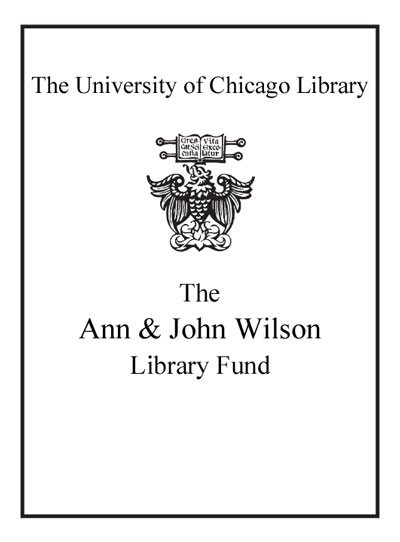Modality and theory of mind elements across languages /
Saved in:
| Imprint: | Berlin ; Boston : De Gruyter Mouton, c2012. |
|---|---|
| Description: | x, 460 p. : ill. ; 24 cm. |
| Language: | English |
| Series: | Trends in linguistics : studies and monographs ; 243 Trends in linguistics. Studies and monographs ; 243. |
| Subject: | |
| Format: | Print Book |
| URL for this record: | http://pi.lib.uchicago.edu/1001/cat/bib/8903330 |
Table of Contents:
- Preface
- Contributors
- Introduction: Theory of mind elements across languages
- Part I. The foundation: speaker and hearer deixis, shifter, and double displacement
- Epistemicity, evidentiality, and Theory of Mind (ToM)
- Illocutive force is speaker and information source concern. What type of syntax does the representation of speaker deixis require? Templates vs. derivational structure?
- Exploring the Theory of Mind interface
- The distribution of knowledge in (un)acceptable questions
- Traces of Bürner's semiotic legacy in modern linguistics
- Part II. Instances of deixis and origo in sundry languages
- Modal particles, speaker-hearer links, and illocutionary force
- Discourse particles at the semantics-pragmatics interface
- Modality in the Romance languages: Modal verbs and modal particles
- The epistemological treatment of information and the interpersonal distribution of belief in language: German modal particles and the typological challenge
- On mood, evidentiality, and person effects
- Illocutionary force and modal particle in the syntax of Japanese
- What is it that keeps the rein on quotative modals so tight? A cross-linguistic perspective
- General index

